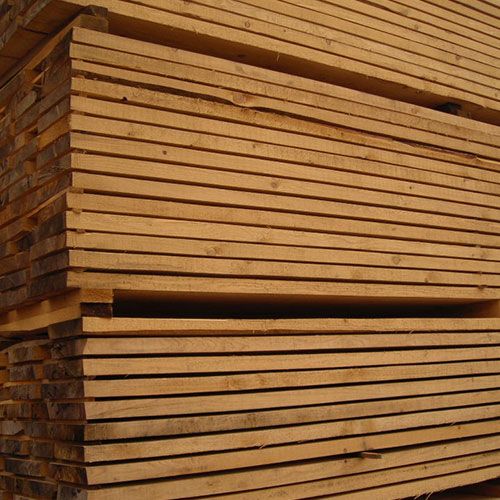


Where Köknar grows in Turkey: at elevations between 300-1800 m above sea level in the Black Sea, Mediterranean, and Marmara regions. It is a non-deciduous forest tree that grows up to 20-70 m tall and only has long shoots without short ones. It is also known as Göknar.
Their bodies are smooth, light gray in color. The branches grow horizontally, the lower branches of the trunk dry out early. The leaves are flat, striped, dark green on the upper surface, and two parallel white stripes on the lower surface. When plucked, a small circular plate appears at the base of the leaf, leaving a circular scar on the branch. Cones sit upright on the branch. At maturity, the scales of the cones are shed. Only the axis remains. Its seeds are triangular and winged. Fir grows well in shade, deep and rich soils. live up to 300 years. Withstands cold.
There are four types of fir in our hometown. These are: (A. bornmüllerianae) in the Northwest Anatolian Mountains; (A. nordmanniana) In the Northeast Anatolian Mountains; (A. cilicica) in the Taurus Mountains; (A. equi-trojani) grows in Kaz Mountain. Some other fir species are as follows: (A. alba): It grows in forests in the mountains of Europe. In France, turpentine is obtained from its trunk. (A. balsamea): The resinous balm obtained by wounding the stem of this species, which is very common in America, is called Canadian balm. It is used in the optical industry. (A. concolor): It grows in the mountains of the western region of North America. It is also grown in Istanbul. It is an acceptable park tree.
Fir Timber Usage Areas?
Its timber is soft, white, light and resin-free. In our country, cellulose is obtained from its wood in paper mills. It is used as formwork in constructions. The young branches, leaves and fresh fruits of fir are used in respiratory diseases. Etheric oil baths make people feel comfortable and give vitality. Wool with finely crumbled fir bark is dyed black.